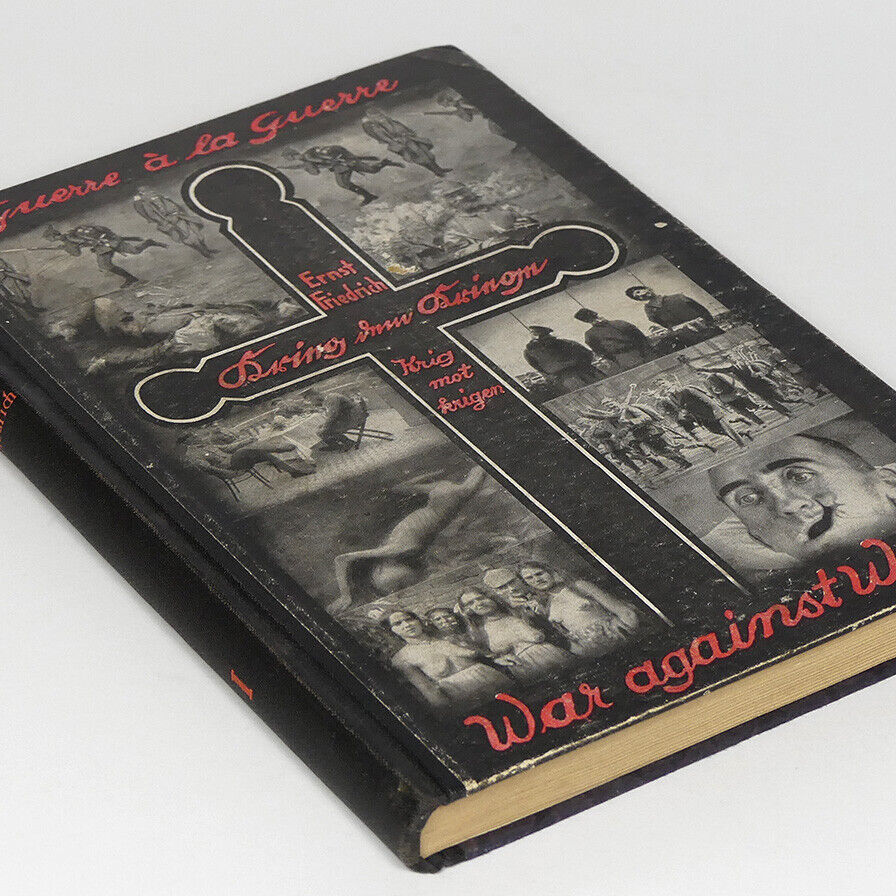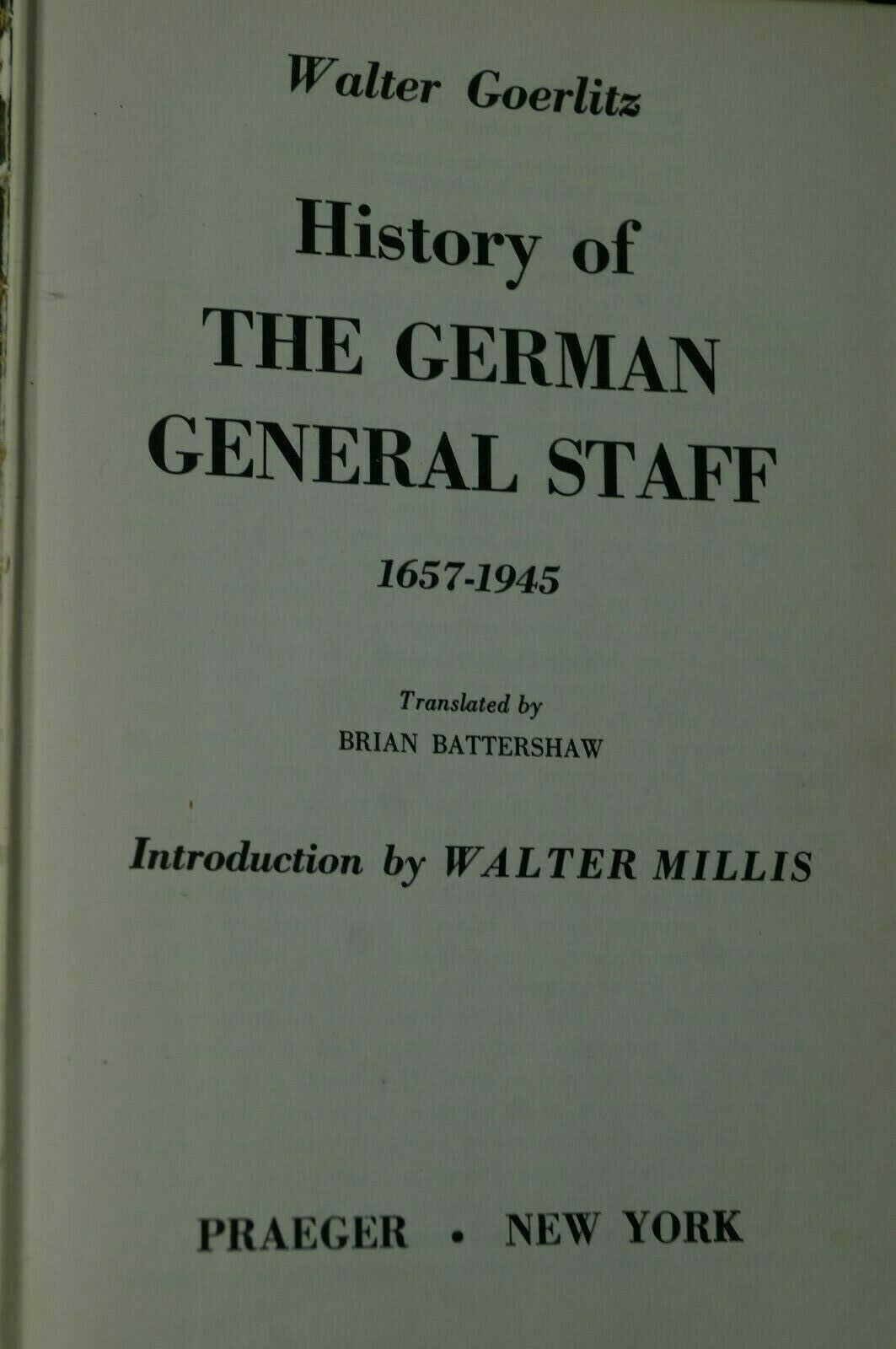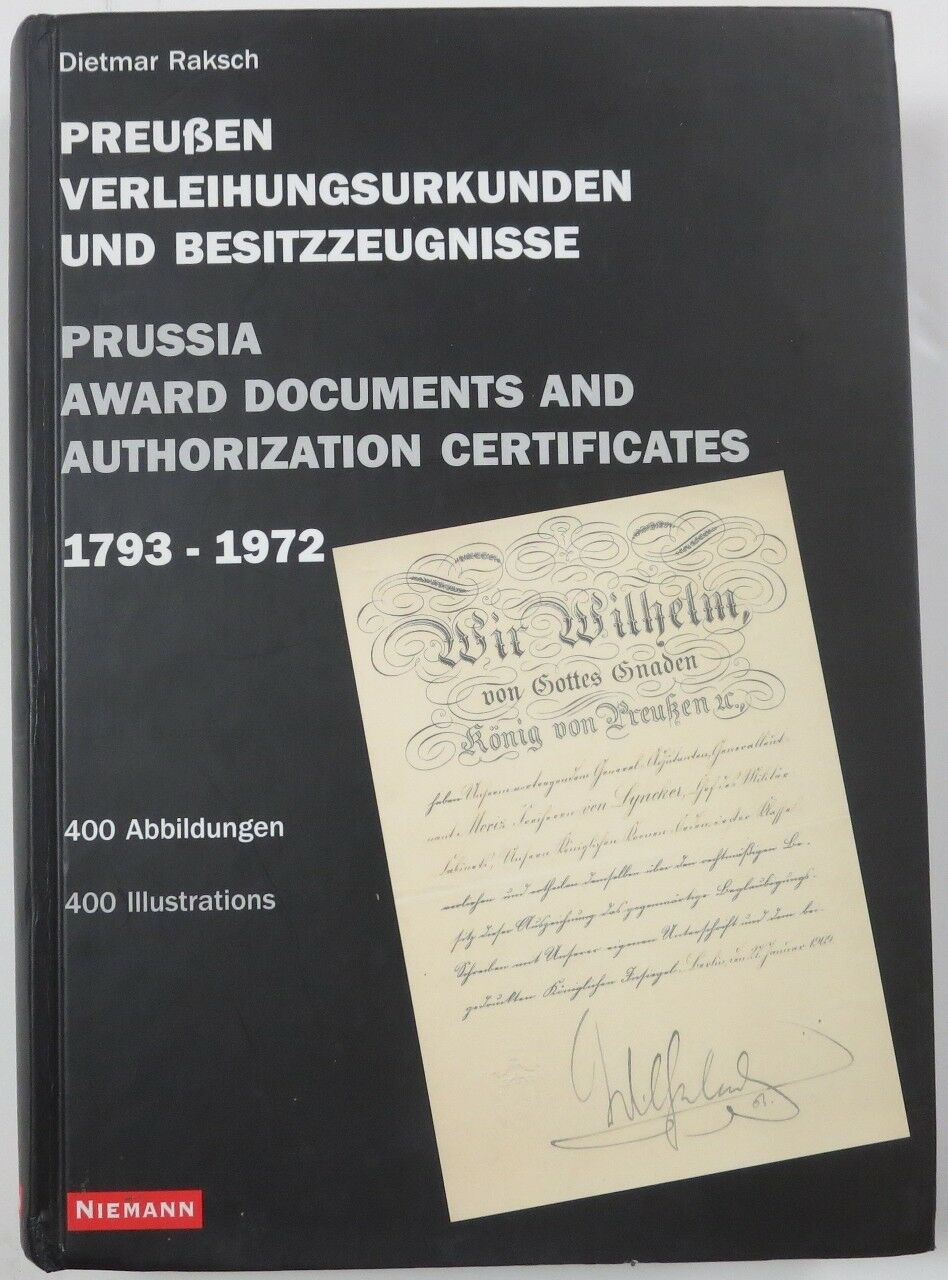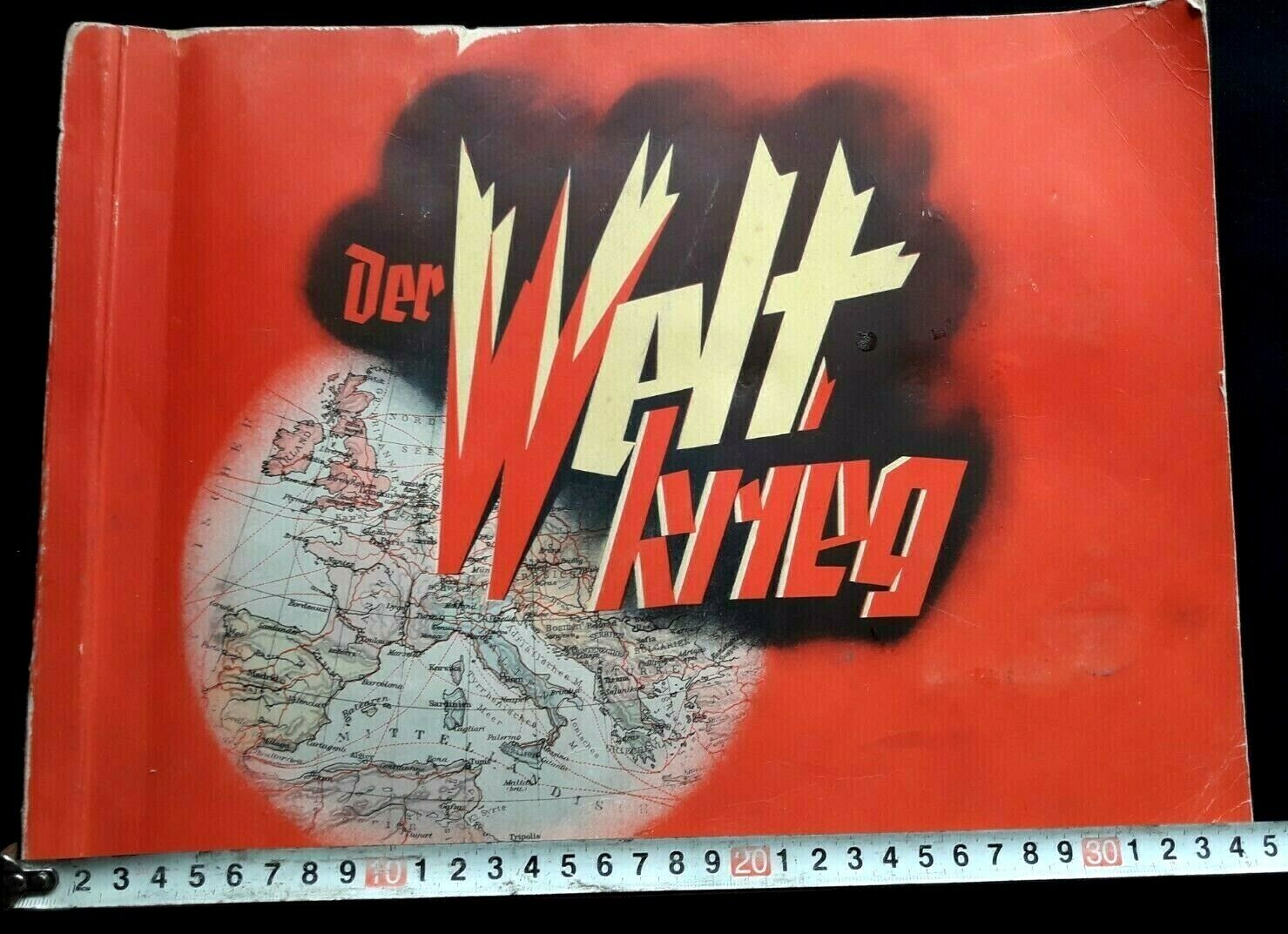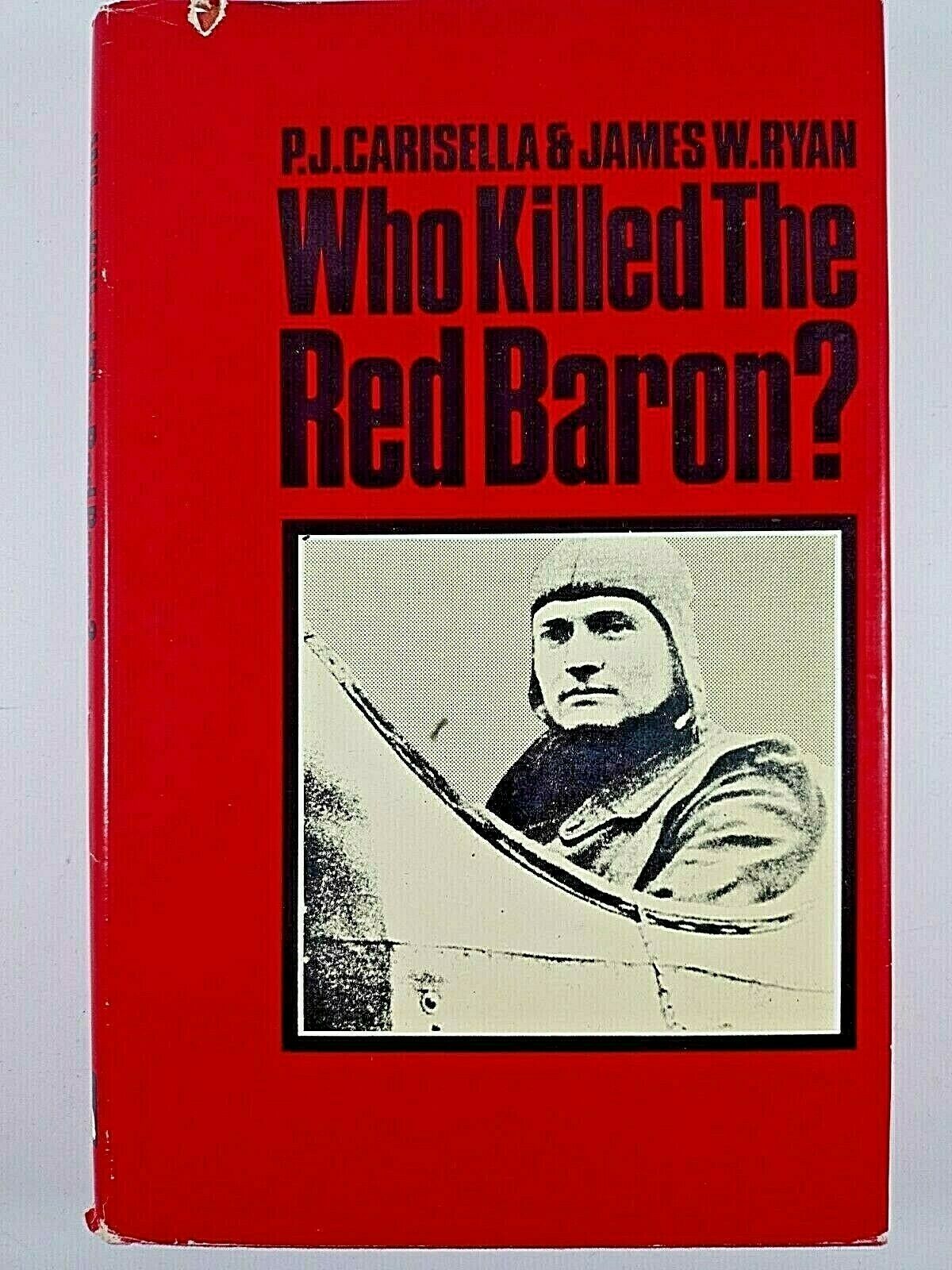-40%
Shocking Horrendous WW1 Anti War Photo Book w/100 picture WWI German 1926 France
$ 173.71
- Description
- Size Guide
Description
War against War1926
Scarce book about WW1
Krieg dem Kriege! Guerre a la guerre! War against war! Oorlog aan den oorlog!
This anti-war book is usually only known from the reprint. This is a rarity.
This is the real authentic book from 1926, you hardly come across these days.
8
th
-10
th
edition, 36
th
-50
th
thousand
multi language book, [German, English, French, Dutch]
Hardcover (Half Linen)
248 pages, multi language
with
about 100 b/w
horrendous photographs of the war
In
very good exterior and near fine interior
condition
.
Faint foxing to endpapers, name inscription on front free endpaper, otherwise ok.
All pages are complete and tight in the binding.
Approx/Measurements: 9" x 6" ~1.1 lbs.
by Friedrich Ernst
Published by Freie Jugend Berlin 1926
This book is NO facsimile, it is a
real authentic
, historical item.
Background Info:
'Krieg dem Kriege' (War Against War) was first published in 1924 by Ernst Friederich. He was born in 1894 in Breslau Germany and even before the war he was active in union politics and various progressive youth movements. When the war broke out in 1914, he refused military service and became a stridant anti-militarist. He was institutionalized for a while and later imprisoned, being freed around the time of the German November revolution in 1918. He later joined radical left splinter groups and political parties while continuing to work in various progressive youth movements. He published several books aimed at educating children in non-violent and anti-militaristic values, but 'Krieg dem Kriege', published in 1924 is undoubtedly his most important and widely known work.
The strategy employed in the book was to simply publish as many shocking and horrendous photographs of the war as he could find and caption them with simple didactic phrases testifying to the brutal and ghastly inhumanity of modern warfare. He received much of the material from soldiers and veterans who provided photographs from personal collections and momentos. It is also safe to surmize that a number of photos used in his books were purloined from official medical records in hospitals or otherwise taken from sealed government reports. Indeed, most of the photographs used in his books would, even today be considered unprintable in newspapers or magazines. Many show corpses in grime condition, rendered asunder by violent death. Other show living wounded, horribly mutilated and undoubtedly suffering indescribable pain. There are also photos of mass graves, death-carts hauling away bodies, executed 'spies' and civilians, destroyed villages, ruined homes and churches and so on.
'Krieg dem Kriege' was originally published in 2 volumes and was meant to be distributed as widely and as cheaply as possible. Progressive movements, trade unions and other political parties and groups were encouraged to freely (re)print the volumes of 'Kieg dem Kriege' in whatever manner suited them best. It is estmated that the book(s) was translated into 40 different languages with many editions and print-runs. It was still in print in the late 1980s, though in fascimile editions.
Ernst Friederich also founded an 'Anti-War Museum' in Berlin, in which he exhibited many photographs, documents and testimonies of veteran soldiers. Even under the liberal-thinking Weimar Government, he was imprisioned for high treason for the publication of antimilitarist material and the planned distribution of such among the army and police.
Needless to say, after 1933 the new Nazi government was even less inclined to look kindly on an anti-war museum in Germany and upon pacifists and anti-militarists specifically. Friederich was again imprisoned and this time his museum was broken into and destroyed. Due to ill health and pressures from American Quaker groups he was released from concentration camp. He then went to Belgium and founded yet another anti-war museum. Ernst Friederich was forced to flee yet again in 1940. He survivied the Second World War and died in 1967.
Shipping Options
Airmail shipping with recorded delivery to any destination in the world: .95
dewabit
